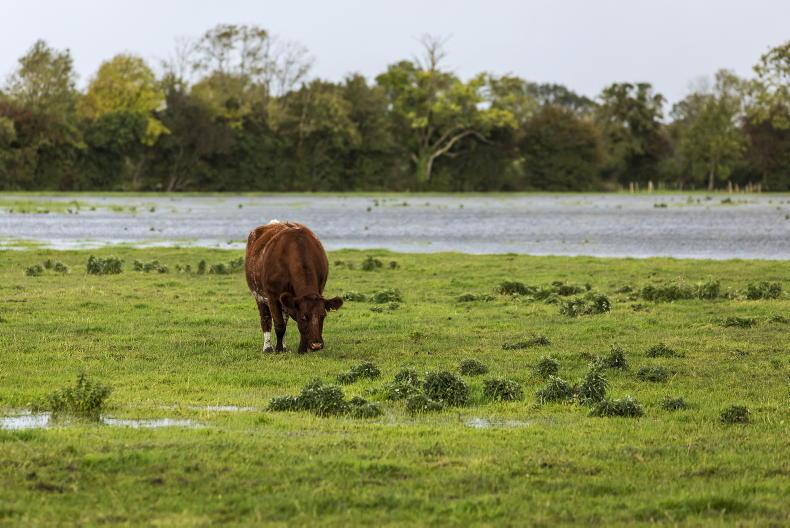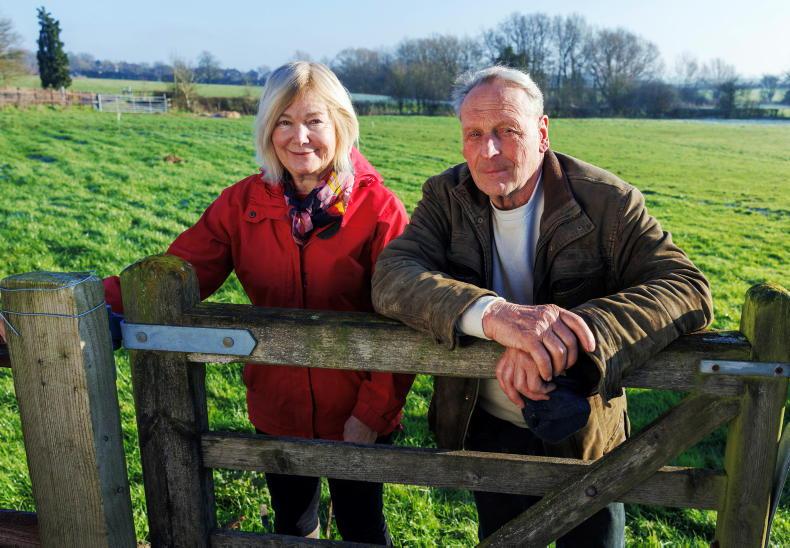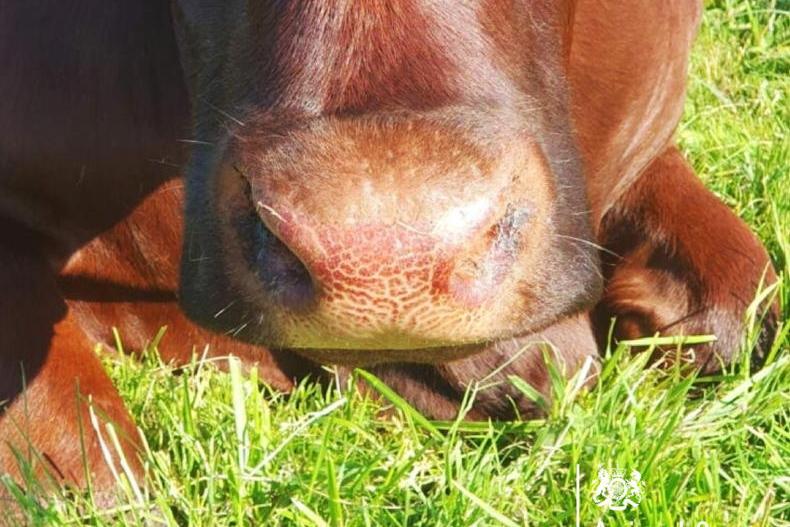As May continues to resemble October in many parts of the country, Noel Bardon spoke to farmers about how they are managing livestock and grass on their farms.
Beef and sheep farmers, Dunshaughlin, Co Meath
Cattle were turned out from February on the Delaney family farm in Dunshaughlin.
However, the tables turned in early May, with sluggish grass growth rates and tough grazing conditions experienced since then.
“We’ve had a bitter north wind from the last week in April - it’s as if there is a month of growth has gone missing.
“The damp and cold has the stock unsettled. Cattle are staying behind hedges, sheep are constantly looking to be moved.
"We have had to feed out a few bales here to the heifers,” Ronan Delaney said.
“The grass is trying its best, two or three good days could turn things around for us.
"We cannot think about a first cut until this drying happens and covers start to build,” Delaney added.
Held off doing the rounds till this evening, be afraid to show ye the bulls grazing, this is a v v v dry farm & I never saw it as wet, it’s like a December evening. pic.twitter.com/NCbATfngVe
— gaulstown (@gaulstownfarms) May 23, 2021
Contract heifer rearer, Ardfinnan, Co Tipperary
Jim O’Leary spoke to the Irish Farmers Journal about the challenges of utilising grass and preparing for his first silage cut on his usually light, free-draining farm. Some 57mm of rain fell over the last five days.
“Grass is growing - it is just extremely difficult to graze without wasting and causing damage.
"We grew 68kg DM/ha in the past week.
“The place is swimming in water. Pools are not only lying in gaps, but across the middle of dry fields.
"There has been no chance for the rain to drain away,” O’Leary explained.
O’Leary was glad to have the contract heifers' AI finished this week, especially given the need to house all stock on Wednesday night.
In 1983, we cut silage on wet ground. It took five days to get in and ploughed the field rightly
“Only for the AI is done with the maiden heifers, there would be a lot more trampling of grass. We took everything in Wednesday night and let all back out on Saturday,” he said.
"In 1983, we cut silage on wet ground. It took five days to get in and ploughed the field rightly. We learned a lesson only to cut silage when the ground dries then."
Leitrim IFA chair and drystock farmer
Des McHugh weighed in on the situation facing many in counties along the drumlin belt.
Just over 100mm of rain has fallen since 1 May, with a considerable increase in the frequency of downpours from Thursday.
“Farmers are coping the best they can, dividing stock into smaller groups and housing where necessary.
“This time last year, we were in the opposite situation. Farmers’ remaining fodder stocks are tight and silage cutting will be pushed back a few weeks.
“Silage and hay can be seen moving between farms. Growth is right back on where it would have been expected to be,” McHugh explained.
Dairy farmer, east Galway
The situation was not as bleak in certain areas of Galway. The gravelly soils on Dara Killeen's farm allowed for the drainage of heavy weekend rains.
“The first cut is still three weeks away, with young stock grazing the silage block later than would have been optimal.
"We are just waiting for covers to bulk up. The silage ground is in good shape otherwise.
“The gravelly ground took the showers, given there had been a need for rain up to last week,” Killeen said.
Summary
— Met Éireann (@MetEireann) May 23, 2021
After a cool start, turning milder and while it will stay somewhat changeable overall, rainfall amounts will be generally lower that recent weeks, with pleasant dry spells at times.
??https://t.co/9gKN6SVok4 pic.twitter.com/LsLMhuewnh
Herd manager, Cappoquin Estate, Co Waterford
The manager of the Tintur herd, which has only recently recommenced grazing having moved indoors in 2015, noted the exceptionally difficult weather conditions coinciding with lower-yielders returning to grass.
“We have had 60mm of rain in 48 hours. It will take a week for the heavier ground to dry after that volume of rainfall.
“The first cut was due for cutting two weeks ago. Grass quality has begun to drop, with covers starting to head out.
"The first cut will be far off the 85 to 87 DMD achieved over the last few years,” Barkley commented.
Emptying the rain gauge #teamdairy #chargeon pic.twitter.com/dFqnF909yY
— Tintur Holsteins ???? (@tinturholsteins) May 20, 2021










SHARING OPTIONS